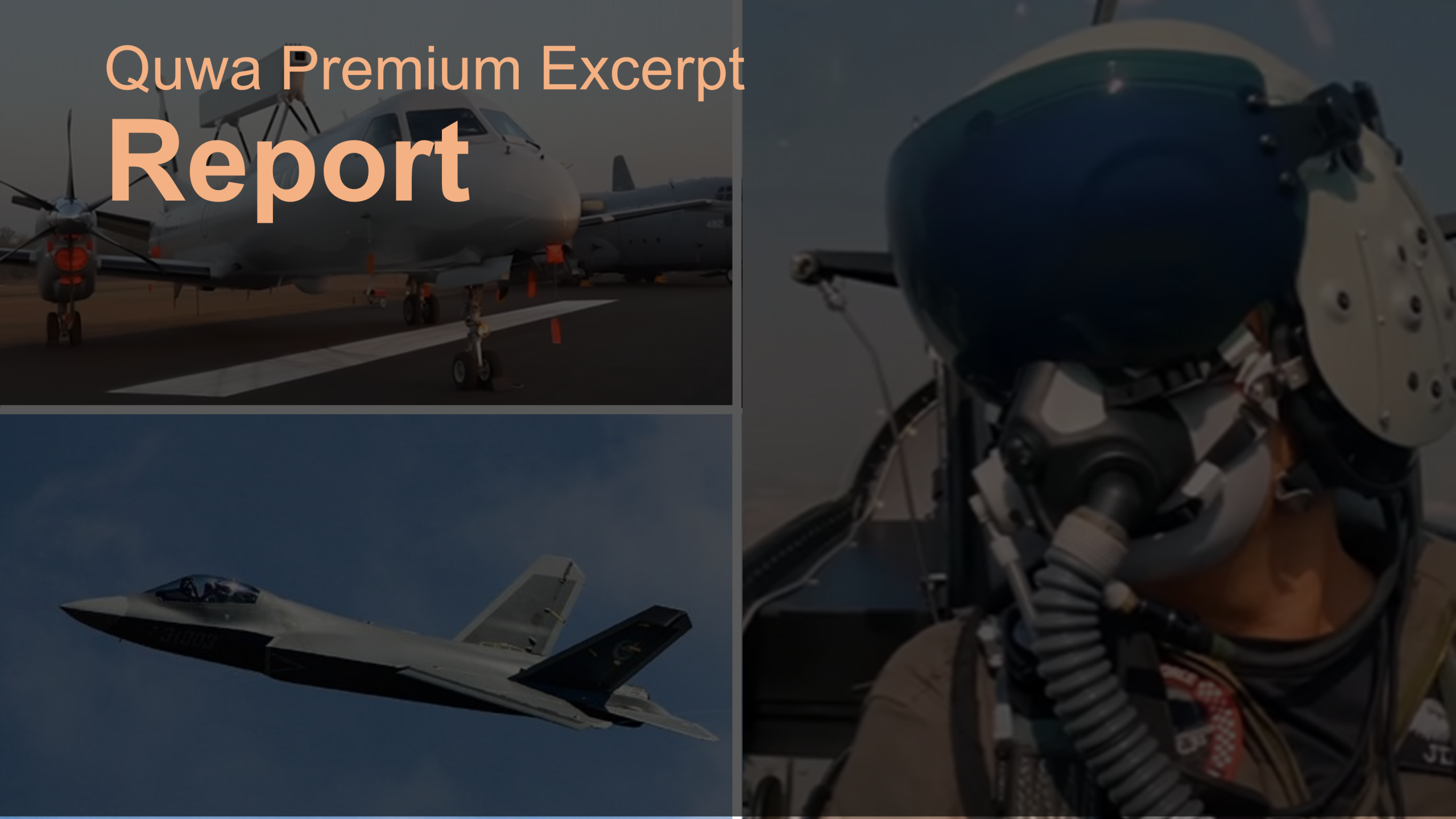Thales Alenia Space launched two telecommunications satellites, among them the Geostationary Defence and Strategic Communications Satellite (SGDC), into orbit using an Ariane 5 launcher from the Kourou base in French Guiana on Thursday, May 04.
Brazil ordered the SGDC in December 2013 with the intention of providing the Brazilian government and armed forces with secure communications means and to deploy the country’s National Broadband Plan. As per the Brazilian Ministry of Defence (MoD), the SGDC will provide nationwide internet coverage.
The satellite had been ready for launch in February.
The SGDC is built on the Spacebus 4000 platform. The SGDC is equipped with two payloads, one with 50 Ka-band transponders (with an aggregate throughput of 80 gbps) and another with seven X-band transponders (for the Brazilian MoD). Under the contract, Brazil will also receive the equipment necessary for managing the satellite from the ground.
There is also a transfer-of-technology aspect to the SGDC program. Thales Alenia Space established in the San José dos Campos technology park to work with local stakeholders in relation to the SGDC. In addition, 30 Brazilian engineers were trained by Thales Alenia Space.
According to the Brazilian MoD, the SGDC will have a lifespan of 18 years. The Brazilian Air Force (FAB) will be responsible for managing and operating the satellite. To support the FAB, a new entity – the Main Space Oeprations Center (COPE-P) – was raised. The SGDC contract is worth U.S. $558.1 million.
As per Thales Alenia Space, discussions are underway for the SGDC-2, which in turn may involve deeper Brazilian input and technology-transfers. The SGDC program’s local partners, namely Visiona Tecnologia Espacial S.A. (a collaborative effort between Embraer and Telebras), and Thales Alenia Space hope to offer joint solutions for third-party markets.
Notes & Comments:
The SGDC will provide the Brazilian military with a beyond-line-of-sight radio communications system. It is a strategically important addition as it will open Brazil to flexibly use assets such as long-range and high-endurance unmanned aerial vehicles (UAV) and securely communicate at long-range, even in rain or with natural terrain obstacles. The SGDC is a reflection of the scale of Brazil’s military modernization plans – it joins ongoing programs such as the JAS-39E/F Gripen, KC-390 and PROSUB.




